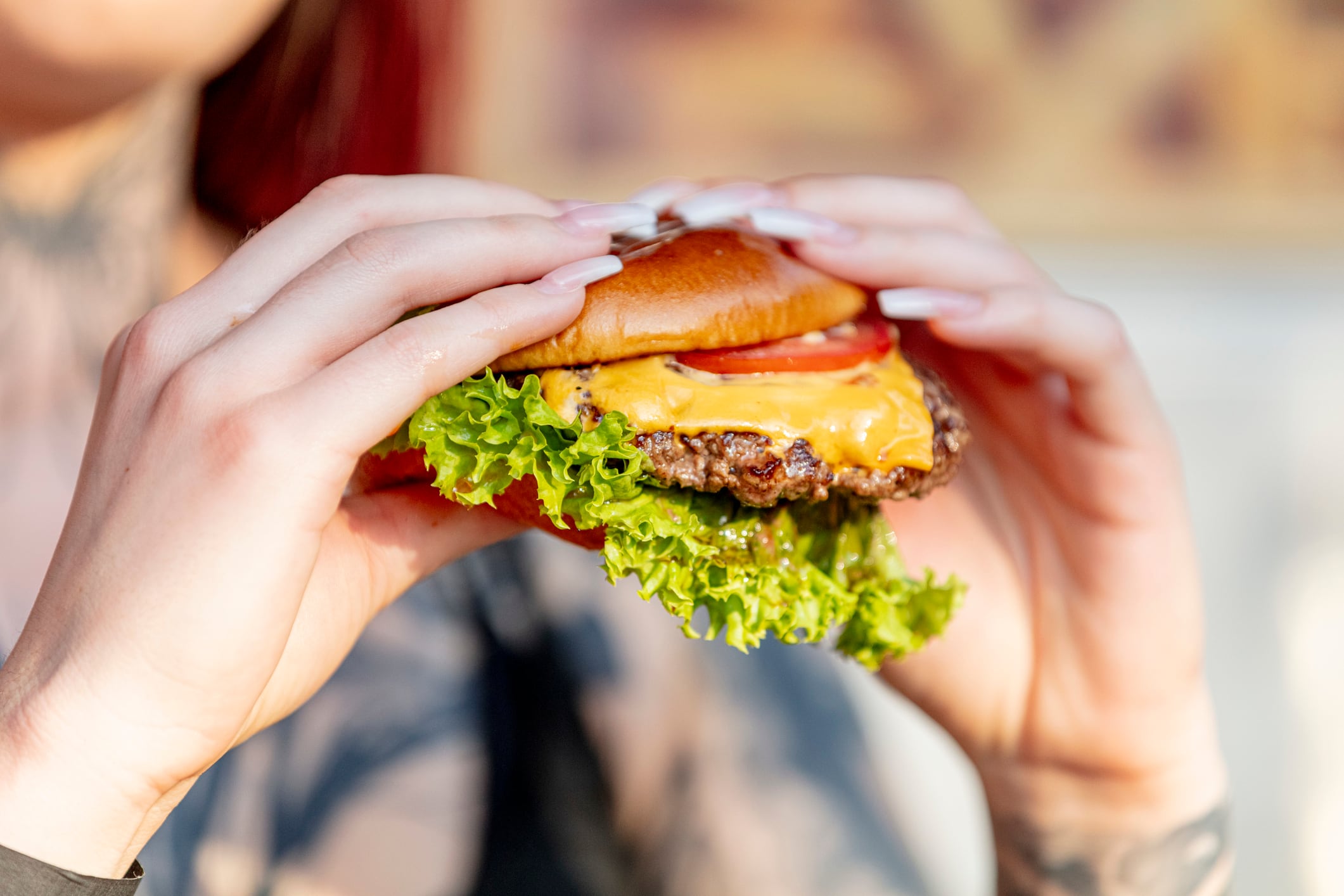If we’ve learnt anything over the last 10 days, it’s that the ultra-processed food (UPF) problem isn’t going away. It’s doing the opposite: ballooning into something huge.
The Lancet didn’t hold back last week. In a series of papers, the prestigious medical journal warned that UPFs aren’t just bad for you, they’re damaging every major organ and fuelling a wave of chronic diseases.
Until now, food and beverage manufacturers have largely ignored the UPF debate – at least publicly – hoping it would fade away. But these new findings, which researchers say meet most of the key criteria for causality, make turning a blind eye no longer an option. This issue isn’t going away. It’s time to confront it.
UPFs: The good, the bad and the ugly
The recent Lancet papers on ultra-processed foods are damning. But consumer concern about ultra-processing didn’t start with their publication. Shoppers have been wary of UPFs for years – while food brands have largely stayed silent. And we don’t just mean about their links to ill-health, but about their benefits, too.
UPFs are convenient, affordable, and can be fortified with essential nutrients. They’re widely available making them accessible to many, while their extended shelf-life helps reduce food waste. Industrial processing is also known to enhance food safety by cutting microbial risk.
For years, UPFs have been getting a bad rap – and not always for scientific reasons. Most consumers don’t even know what UPFs are, and yet they’ve still tried to avoid them. Meanwhile, the food and drink brands selling these products – the very ones shoppers look to for clarity and reassurance – have stayed silent.
Why? Because educating consumers on the benefits of UPFs carries a risk: any brand that speaks up could be instantly labelled as “ultra-processed”. And that’s an association few are willing to take on.
The reformulation strategy comes unstuck
Food and beverage manufacturers know that ultra-processed foods high in salt, added sugar or saturated fats should be consumed in moderation. They’re not advocating for a completely unbalanced diet of chocolate bars, fast-food burgers and doughnuts. But that’s not because the level of processing is too high in the Nova classification system – it’s because of problem nutrients.
That’s why the answer to the UPF problem, from the brand perspective, has always been reformulation. By cutting salt, sugar and fat from formulations, those problem nutrients go away, and so does the problem. Right?
Wrong, say the authors of The Lancet papers. Not even reformulation is enough to stem the UPF problem. They believe the disruption of the food matrix makes UPFs more easily digestible, which affects the body’s absorption of nutrients. The soft textures of many UPFs are thought to have a similar effect.
And so food and drink brands can’t even hide behind reformulation strategies now. If they can’t do that, and they can’t stay silent, there’s only one thing for it: industry needs to face up to the UPF problem, now.
Two ways food and beverage can address UPF problem
They’ve got one of two options.
First: educate. If they’re so sure that UPFs aren’t the problem – but that excessive quantities of problem nutrients are – they need to communicate that: on-pack, in brand messaging, on websites, in advertising. Lean it, don’t shy away. They’re the ones selling the products, telling us through their trade organisations their UPF products are healthy in moderation, and getting healthier. They shouldn’t be telling us, but the shoppers who are fearful of UPFs, and trying to actively avoid them.
Second: do their own research. If they disagree with The Lancet findings, then commission research that proves UPFs don’t harm major organs, aren’t responsible for a spike in chronic illness, and that disrupting the food matrix doesn’t impact nutrient absorption. Secure those findings, and revert to step one: communicate and educate.
The only option food and drink brands no longer have on the table is to do nothing, hoping the problem goes away. It’s here to stay, potentially permanently, unless the food and drink industry properly defend their wares.





